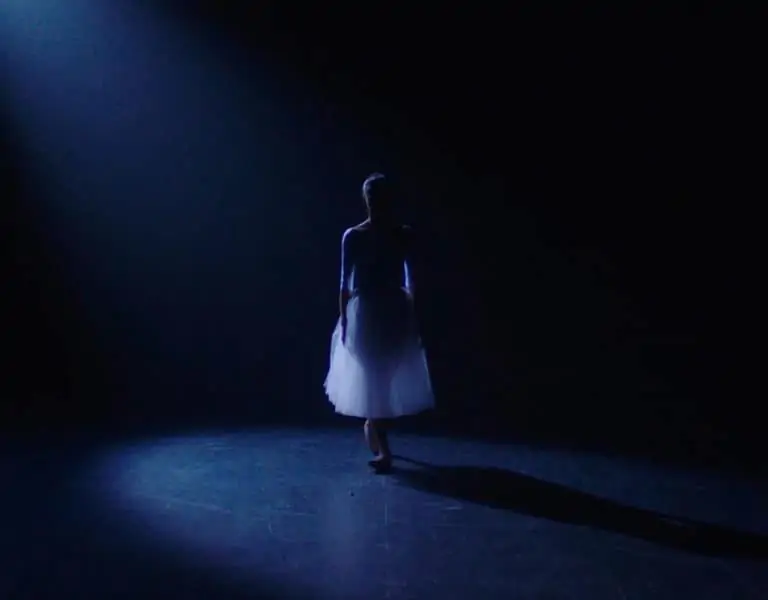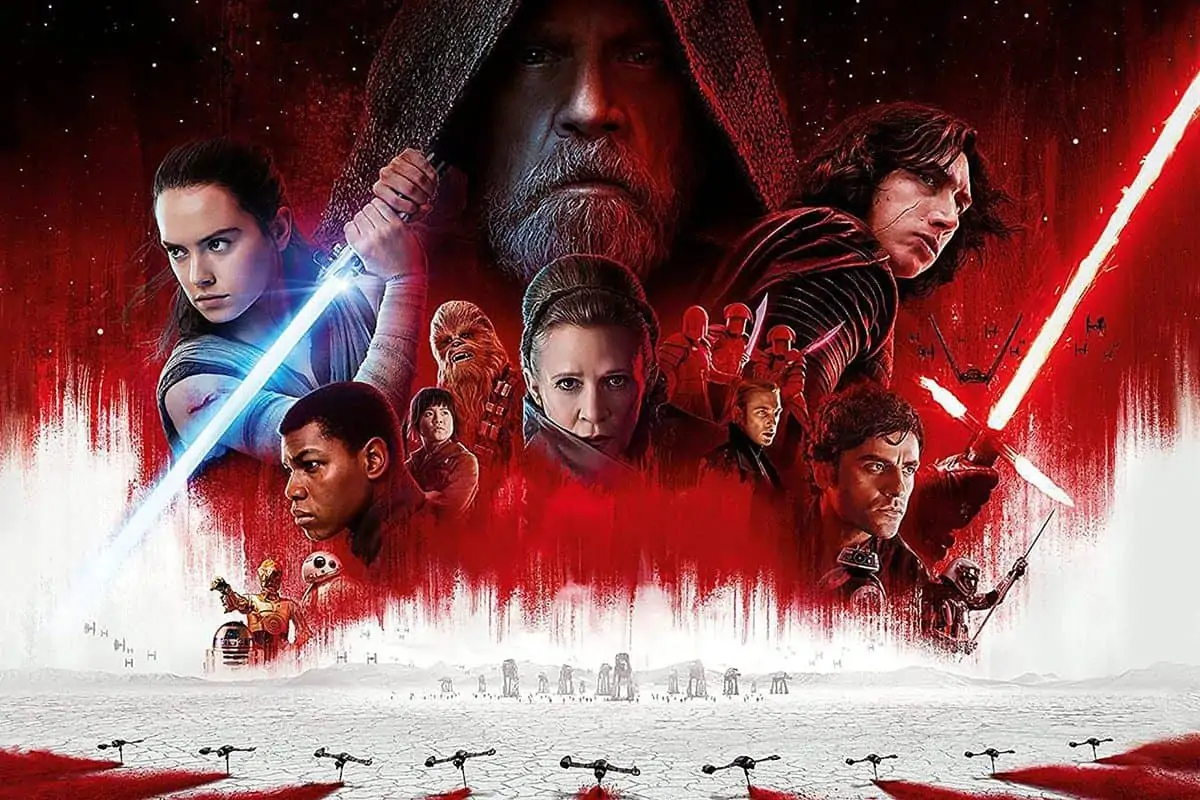STAR QUALITY
Cinematographer Simona Susnea’s lensing of powerful dance sequences inspired by Audrey Hepburn’s love of ballet support a documentary’s narrative and focus on pivotal moments in the star’s life.
Director Helen Coan adopted a different approach for Audrey: More Than an Icon, the feature documentary exploring the life of Hollywood star, fashion icon and humanitarian Audrey Hepburn. To retell history in an original way, interviews, archive footage and narrative scenes were combined with dance sequences.
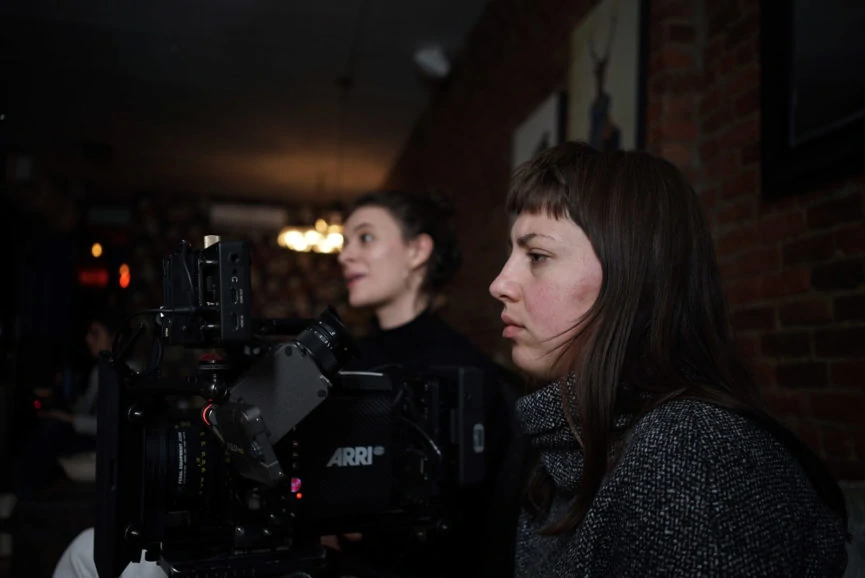
“I was excited by Helen’s idea of using dance to narrate the stages of Audrey’s life,” says cinematographer Simona Susnea on the creative collaboration. “I love movement and having such a strong narrative built into the choreography was a one-of-a-kind opportunity for me as a cinematographer.”
According to Coan, dance magnifies Hepburn’s emotional landscape, bringing “a heightened sense of drama and theatre” and “a rich visual language” which is rarely used in documentary.
Research involved studying Coan’s script, understanding the choreography that would support it and generating original filming ideas. Each scene’s mood was considered along with how low-key lighting and colour could recreate the loneliness, absence, and lack of connection with Hepburn’s father in certain scenes.
Most of our HODs were female. Our strong connection with Audrey and her story empowered and inspired us to make the film.
DP Simona Susnea
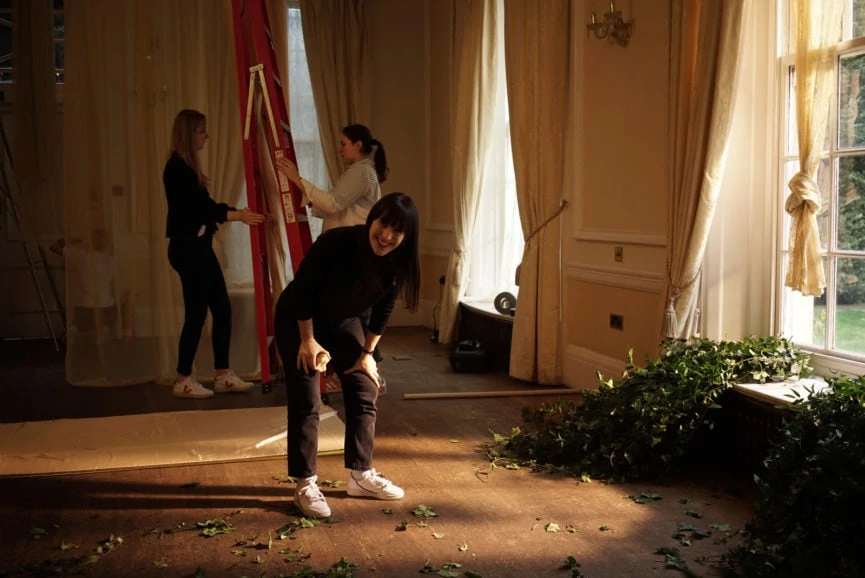
Contrasts between black-and-white archive, footage from Hepburn’s films and visually rich dance scenes were embraced. “We liked that variety rather than anything too linear,” says Susnea. “We also considered moving away from 16:9 but were concerned cutting from widescreen to 16:9 and 4:3 would jar.”
Inspirations included ‘60s Russian film War and Peace which used foreground elements and fabrics to create transitions. Susnea also looked at visual approaches to filming dance including Lukas Dhont’s Girl and the Café Müller dance choreographed by Pina Bausch.
Production designer Alexandra Toomey, Coan and Susnea explored colour palette and visual elements to enhance the narrative. Toomey suggested using fabrics to create separation and depth in a room where dance sequences would be filmed.

Close collaboration with team members including producer Annabel Wigoder and 1st AD Robyn Henderson was crucial to the dance sequences’ success. “Most of our HODs were female. Our strong connection with Audrey and her story empowered and inspired us to make the film,” says Susnea.
Director and DP attended three weeks of rehearsals with choreographer Wayne McGregor CBE and the dancers to get a sense of the choreography. Based on Coan’s clear vision, Susnea filmed the rehearsal choreography in rough sketches to emulate the camera movement intended for each scripted moment. A paper shot list was created, outlining camera movement, pace, angle and shot size.
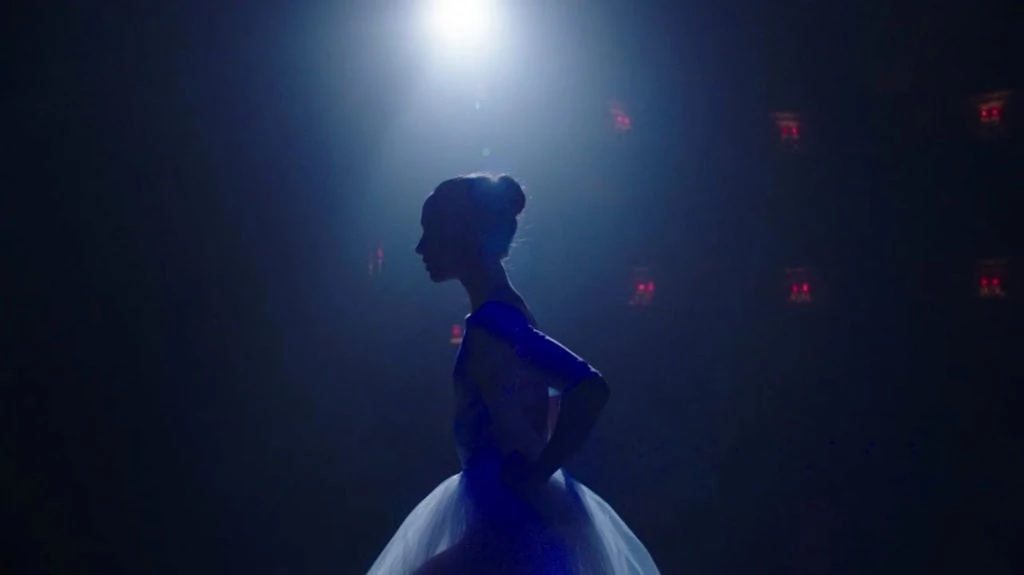
Lighting was a narrative tool, its effects heightened by colour. In one scene blue low key coloured light conveys her father’s rejection of Audrey. “Darkness becomes a metaphor because Audrey transitioned from great challenges and trauma into someone beautiful,” says Susnea.
“In the scene filmed at the Royal Theatre in Brighton, when Audrey dances alone, I used the same approach with low key, high contrast lighting, where her face was revealed only when she turns to the light. Otherwise, she’s just a figure and I liked that symbolism.
“Audrey is often compared to a silhouette because of the structure of her body and simple style. I wanted to translate that on screen with the ballet scene and preserve her sense of mystery. A moody atmosphere was created in contrast to the warmth of the floor stage lights, with a hard, powerful spot on her. Lavender tones in the key light reveal her vulnerability and strength.”

Gaffer Bill Rae Smith rigged a trio of ARRI SkyPanel S60s from the top of the stage creating a soft level ambient for the dancing area and an LED PAR source at the far end of the stage, as a blue backlight, controlled through an iPad.
Scenes filmed in a London stately home were divided into several looks to narrate Hepburn’s life from a young age into stardom and adulthood and eventually symbolise her transition into the afterlife, at peace with her choices.
“In one room we chose warmer natural lighting to enhance the idea of a home when Audrey is young. In a few more saturated golden scenes, the warmth symbolises Audrey’s kindness, acceptance, and love, created using chocolate and straw gels on our main light sources,” says Susnea.
Stately home scenes were lit through windows, offering the camera and dancers freedom to move, and achieving depth and authenticity. Two 18K HMIs helped push sunlight into all rooms or create heavily diffused, low key lighting when they were bounced into large frames. Less prominent windows were lit with small HMIs to achieve consistency across the space.
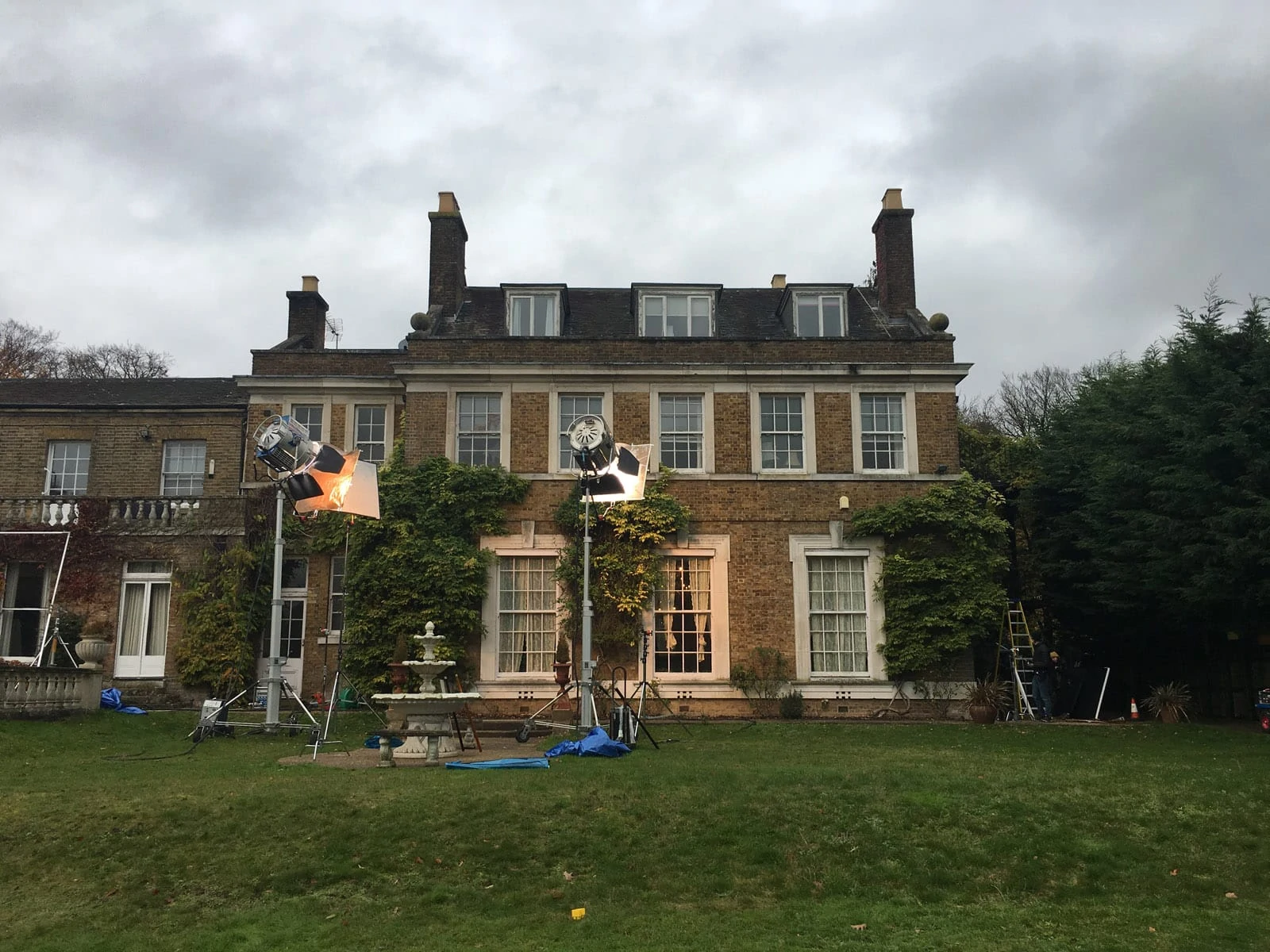
Having filmed previous productions using the ARRI Alexa Mini, Susnea was accustomed to its image quality and texture: “Before shooting the dance sequences we travelled frequently between LA, New York and Europe filming interviews. We needed compact kit that wouldn’t compromise on quality.”
This was especially true for the dance scenes which were filmed with a Steadicam. Omega AR operator, Will Lyte, needed a lightweight camera so he could move easily and quickly to ensure the Steadicam floated with the dance, achieving fluid movement and a dreamlike quality.
“We shot long developing shots and the camera often changed pace during a take, with the rhythm dictated by the choreography’s pace, music and script. The rig allowed that spontaneity and fluidity so we could place the camera quite low and seamlessly transition to different heights and angles,” says Susnea.
Dance sequences were shot using Canon K35 lenses. “Interviews were filmed with Cooke S2 Panchros, and for the dance I wanted more control over the image and less aberration and distortion at the edge of the frame since the dancers were moving freely. The beautiful set of Canon K35s gave more sharpness and beautiful skin tones,” says Susnea.
The DP worked with former collaborator colourist Vic Parker (Raised by Wolves) and was impressed by his “attitude, attention to detail and how careful he is with the material”. “When we got to the DI we needed to get the best out of the material and achieve the right level of contrast,” says Susnea. “We wanted a dark look and did several passes to see how far we could push it. Skin tones and careful transitions from interviews to black-and-white archive footage and the dance was key in the DI.”


